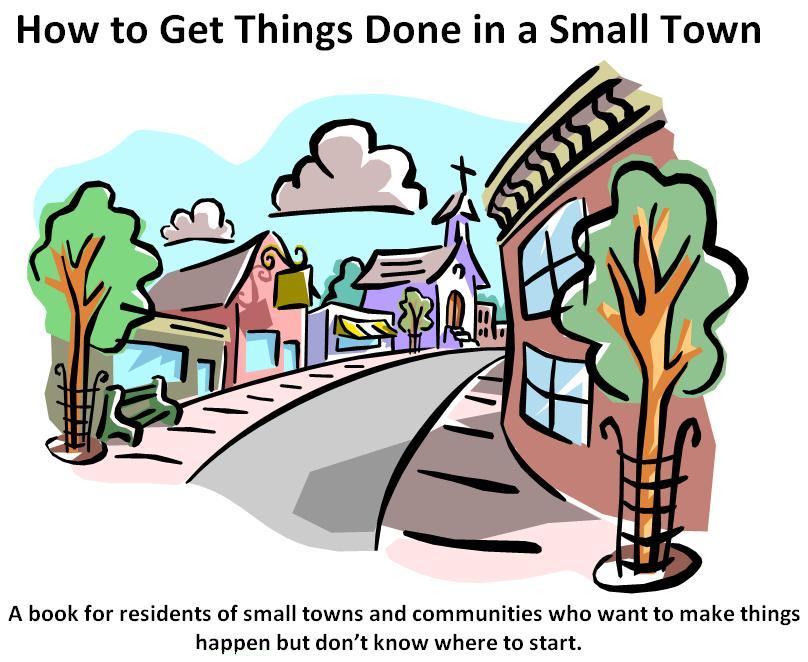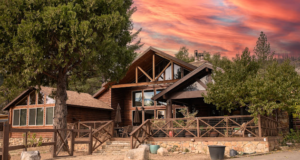“How to Get Things Done in a Small Town”
NORTH FORK – When Elissa Brown moved to North Fork in 2000, she wasn’t sure how she would fit in. She had moved from Oakland where she had worked first as a lawyer and then as a community and economic development specialist. What on earth would she do in a small town?
But she soon found that North Fork greatly valued her skills and experience in grant writing and program development.
“I remember asking a long-time resident how she felt about people like me from big cities moving to her town,” says Elissa. “She answered that it didn’t matter how long you had been here; what mattered was what contribution you made to the community.”
Brown soon found her niche in the North Fork, providing grant writing and program development assistance as a consultant to the North Fork CDC, Madera County agencies, local tribes, and countless organizations. She soon became the ‘go to’ person for advice about how to get funding and support for community projects.

To help fill this need, she started writing “How to Get Things Done in a Small Town.” The book first leads the reader through the process of project development, one step at a time. It goes on to give clear, practical advice on useful skills like facilitating a meeting, writing a grant, developing a partnership, and dealing with difficult people.
The book is filled with stories, examples, exercises and encouragement.
“This is not rocket science,” Brown says. “You’ll have to learn some new skills and do some work that might be difficult. But you can do it, and you can turn your community vision into reality!”
The book has not yet been published, but interested readers can download the draft for free on the book’s website: www.getthingsdonesmalltown.com. The only requirement is a short survey about the reader’s town and type of community project so Brown can get a sense of who is interested.
“I’d love to get it published, but if even one person uses it to get things done in their own town, then I’m happy. This is my gift to all the wonderful folks who are trying to make the world a better place, one community at a time.”
Excerpt from “How To Get Things Done In A Small Town” –
Chapter 1. Overview: Different types of projects and what’s involved in getting them done.
When you first start imagining doing something in your community, it appears in your mind as a beautiful, exciting vision. You see the children playing noisily in the new park, the bright yellow van driving up to the door to deliver hot meals to the town’s seniors, the colorful awnings shading the shop windows on a revitalized main street. When you start thinking about how to actually make it happen, you’re likely to face a blank wall. Where do I get started? What on earth am I supposed to do first?
We’ll talk later about the specific steps to project planning and implementation. But one thing is certain; you’re not going to do it alone. No matter what the project, you’ll have to start by sharing your idea with other people and getting them to help you. Some of those folks (like maybe your spouse) will be happy to dream along with you. But the people whose support you’ll need to really get the project going will listen a little more critically. It’s a hard fact of life that busy, capable people are frequently approached for assistance, and tend to make quick judgments about these requests – sorting them into the people they will help and the people they will thank sincerely and get rid of as soon as possible.
As a professional grant writer and program developer I’m one of these people who is approached frequently with great ideas for the community. A lot of them get the ‘smile and nod’ treatment. But some of them get a serious hearing, thoughtful consideration, and suggestions for next steps or resources. Sometimes, I’ll even give a promise of assistance. What makes the difference? It’s not the idea itself. (I love all ideas for how to make communities better places, that’s why I’m writing this book.) The difference is how much work it will be for me to communicate with this person. If it is clear that they have no idea what is involved with making their project a reality, I just don’t have the time or the energy to explain it all to them. If, on the other hand, they seem to have a good idea of how to approach their project, I’m happy to give them a little push forward.
So in this chapter you’re going to learn a little more about types of projects and what is involved in getting them implemented. This is basic information that will give you some context for your project idea and will help you sound like you are serious and deserve support. This is just an overview. Later on we’ll discuss the steps in more detail, as well as the how to get the resources and skills you’ll need to move through the implementation process.
Chapter 2: Visioning (Pre-Planning)
You know what you want. It’s clear in your mind. A sunny park, a cheerful pre-school, a classy face-lift on the buildings down town, a culinary training institute for the local junior college with a great on-site restaurant where young people learning to be top chefs serve fabulous meals at rock bottom prices, etc. And Cinderella, as she sat by her cold hearth and dreamed, knew exactly how she wanted to arrive at the ball – crystal beads sewn into her white gauze ball gown, pearl necklaces around her throat and red plumes on the white ponies that pulled her coach. She got exactly what she wanted. You won’t.
Unless you have a fairy godmother to move your dreams right from your head into reality, you are going to have to get others involved in helping you. They may be inspired by your vision, but they won’t buckle down and help you with the grunt work unless they have their own vision, something compelling enough to make them turn off the TV and roll up their sleeves. And their vision is going to be different from your vision. Also, if you want to get funding for your project, you will most likely be asking the support of government agencies or philanthropic institutions that have their own visions of what they want to see happen for communities. Success will only come if you find a way to bring all these visions together.
What happens when all these visions get together can be magic. Other people will bring wonderful ideas and great strategies that you would never have thought of. At the same time this process can be maddening. You find yourself losing control of a dream.
The process of moving from vision to reality is a process of change. If you accept that this is going to happen, you can make it easier on yourself. After all, the core of your vision is to fulfill some need that you see in your community. The details you add to this core build motivation and excitement, but they are not essential. As you go through the steps in this chapter, think about how you might let go of some of these details and hold on to the heart of your dream. Let go of your vision, and watch it grow.




